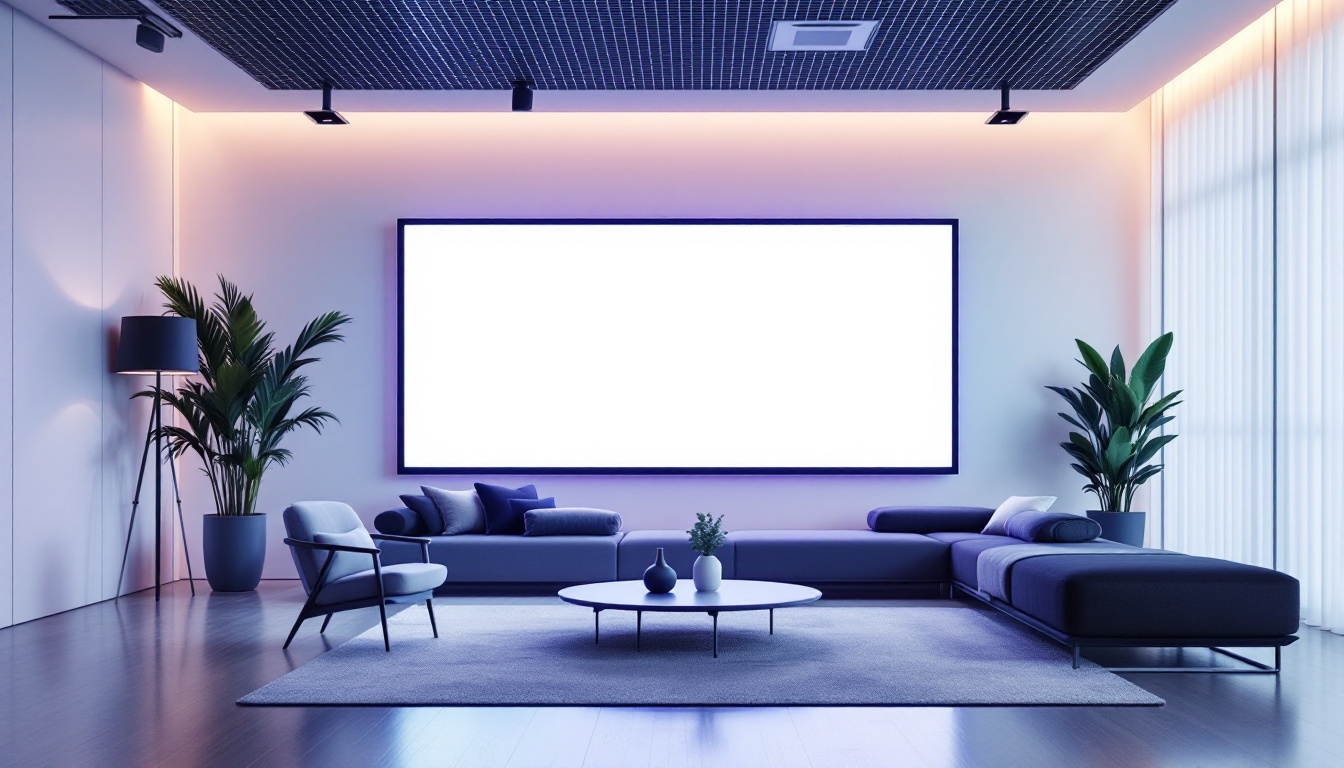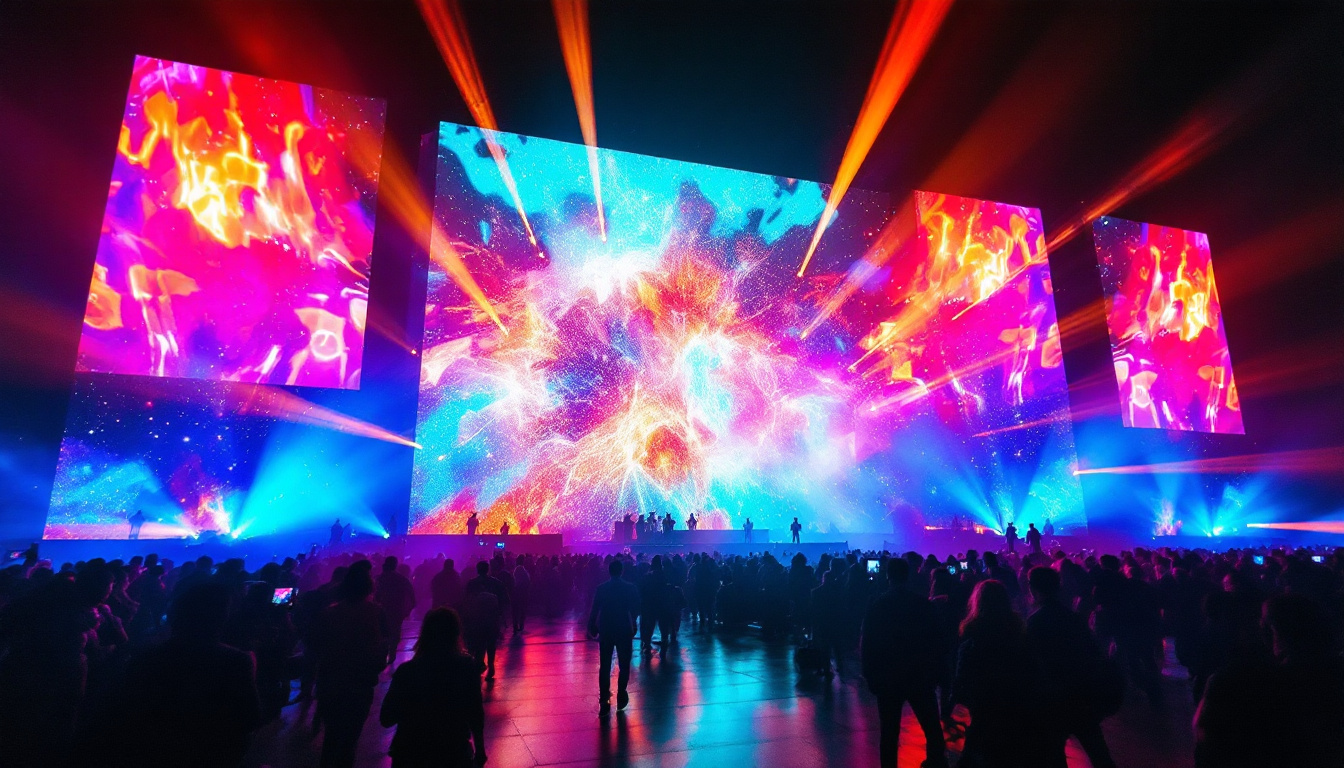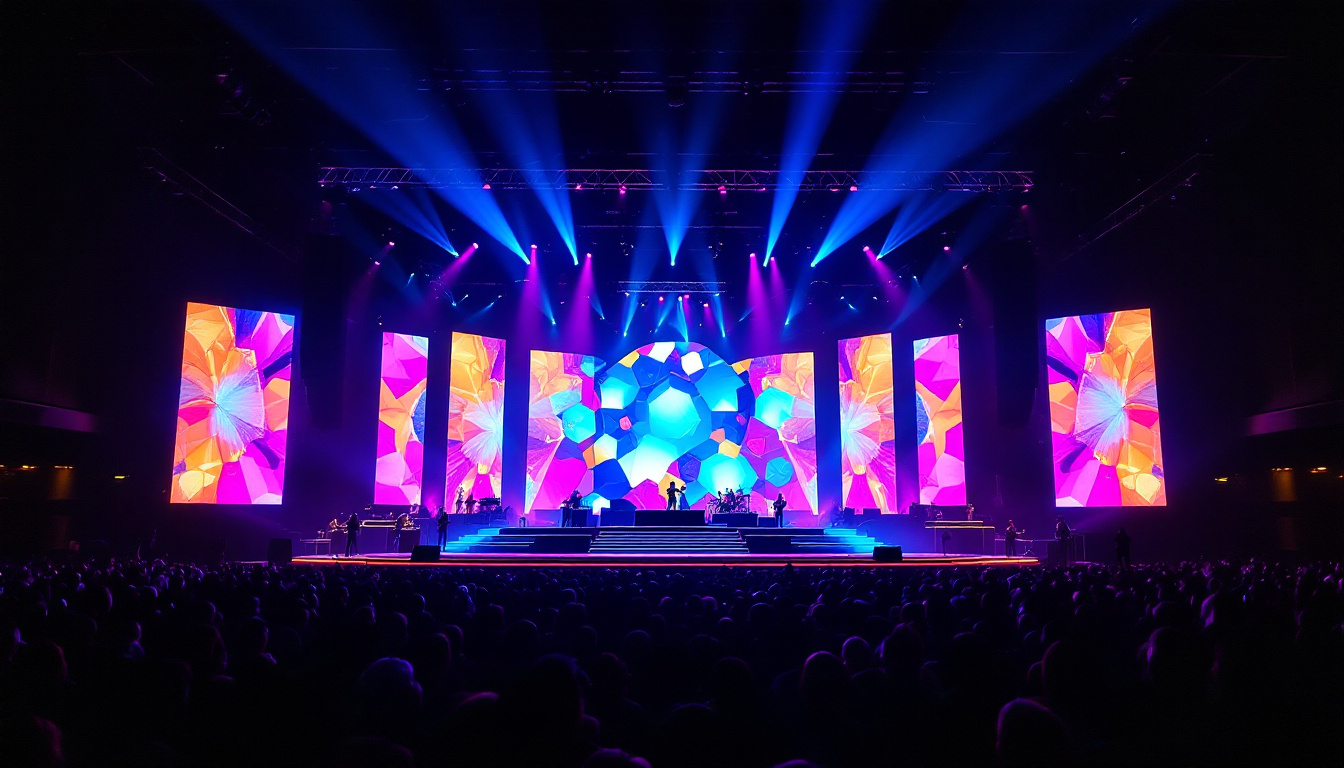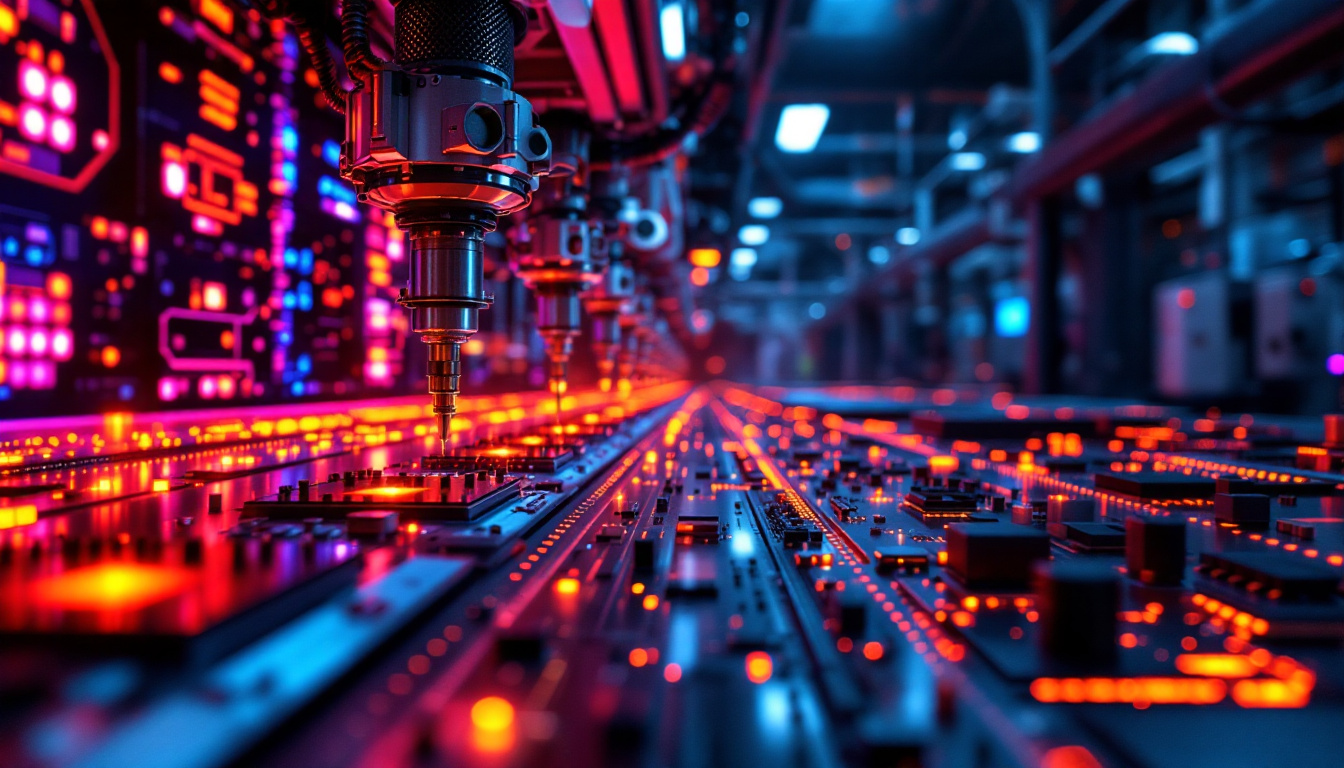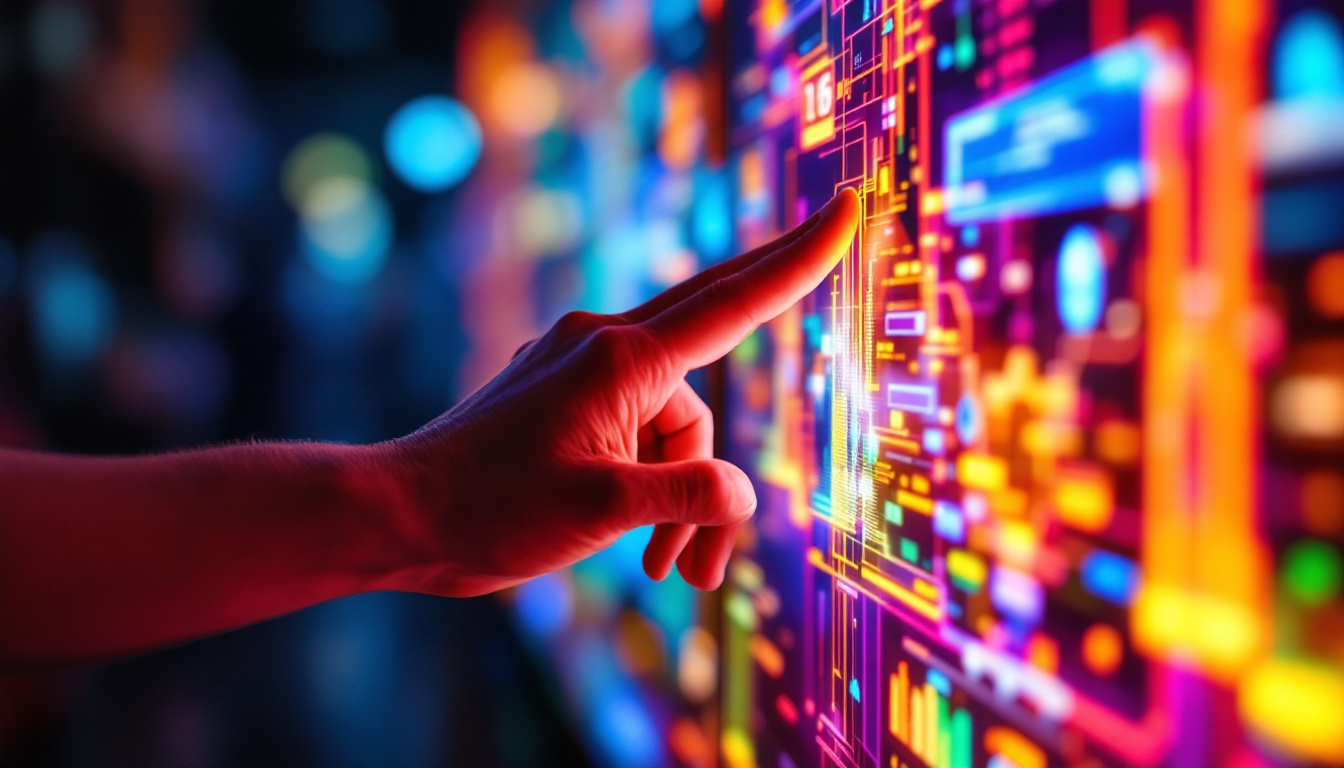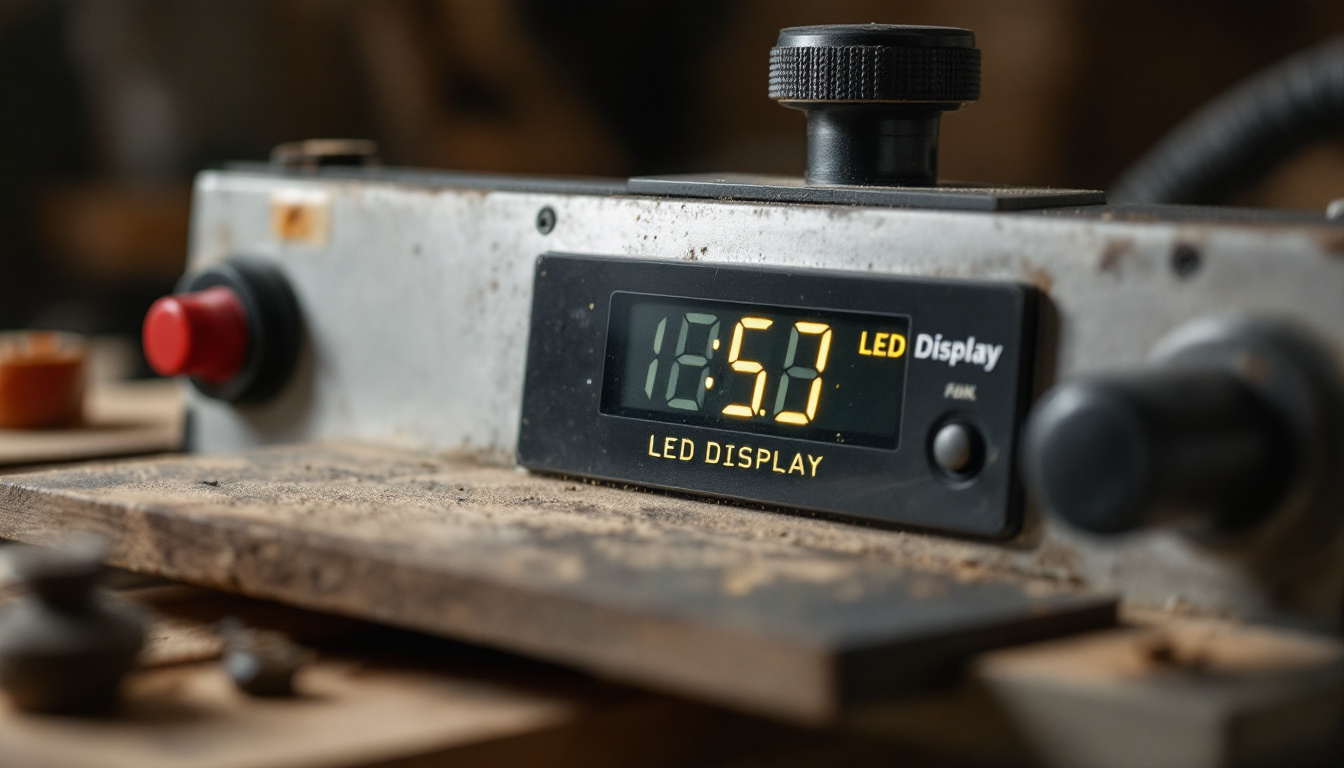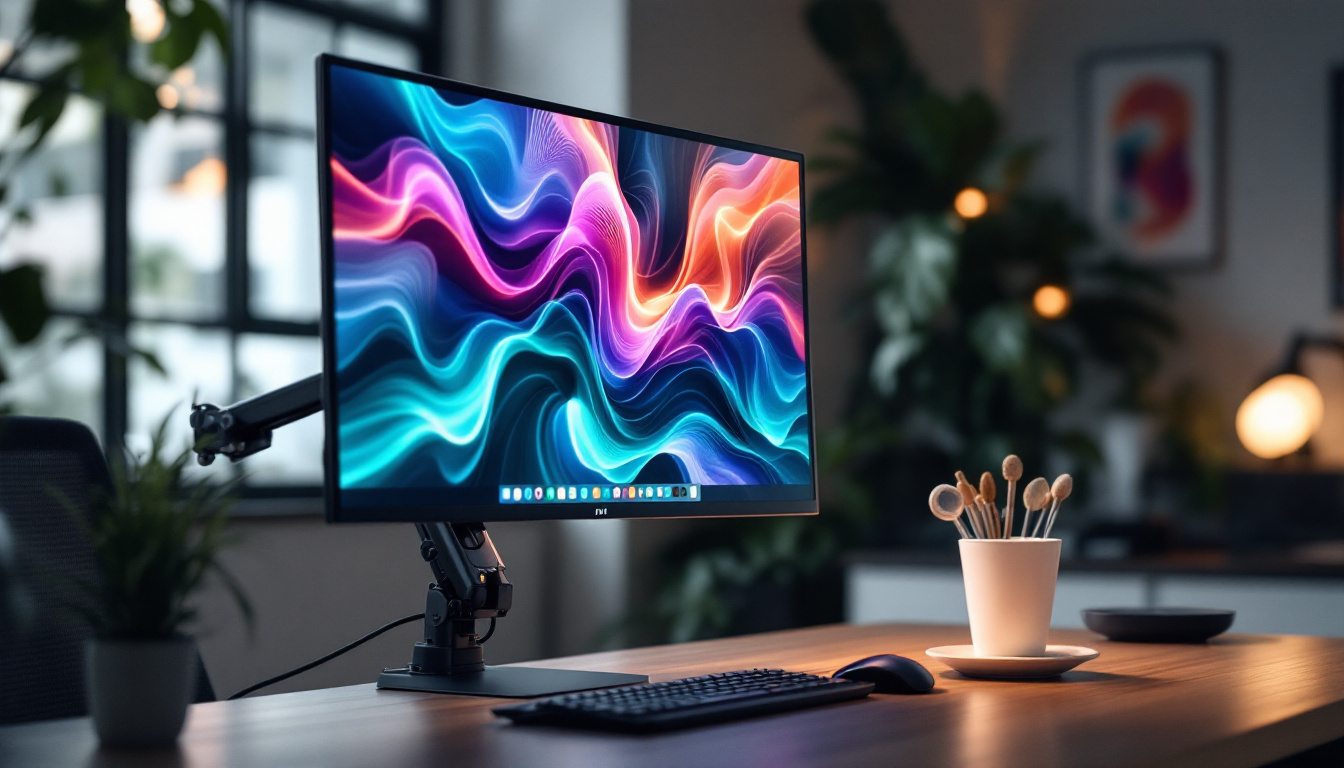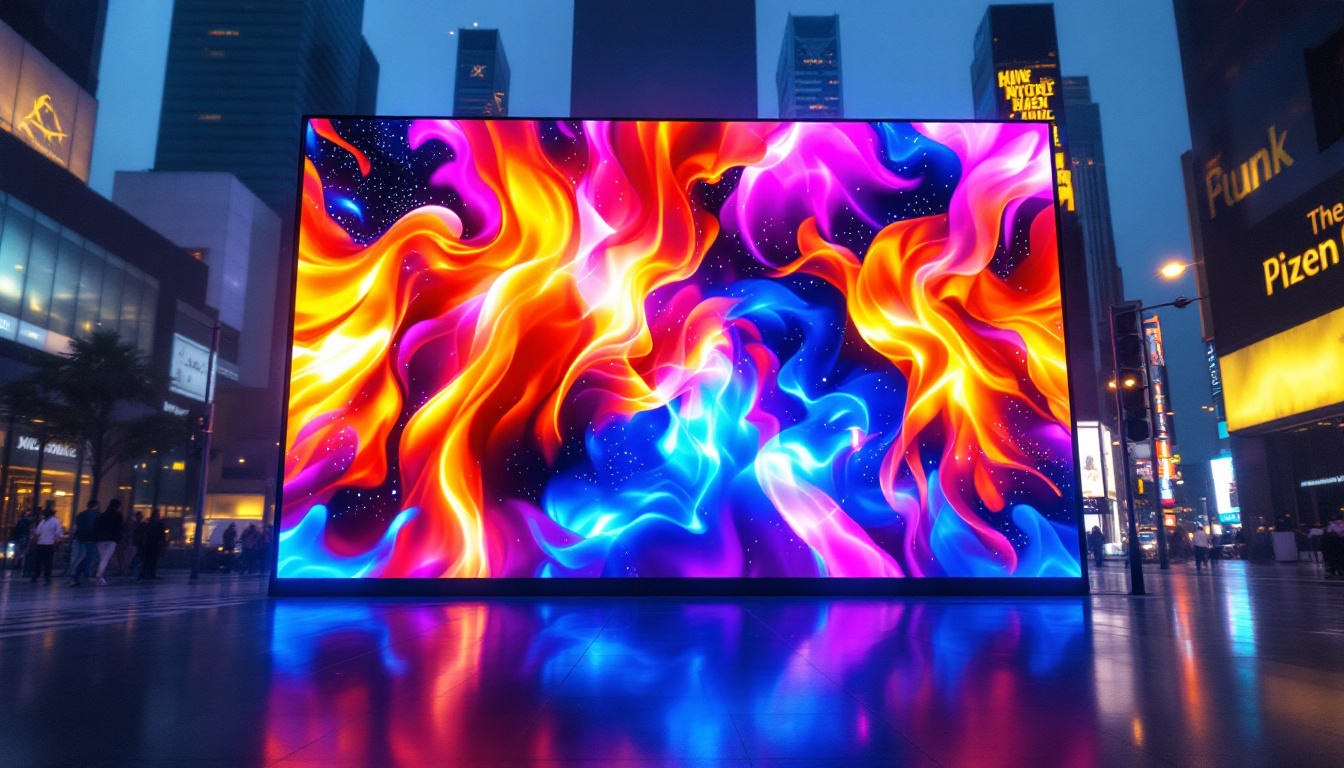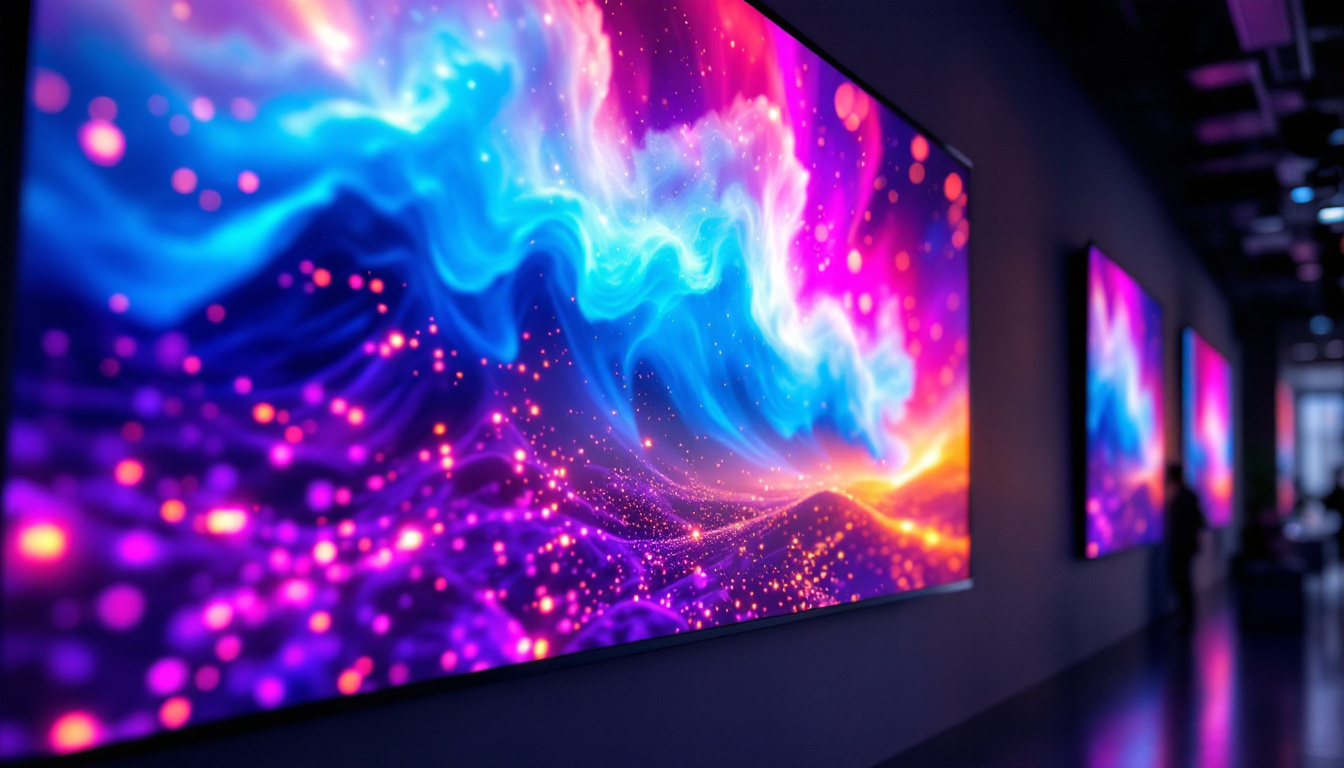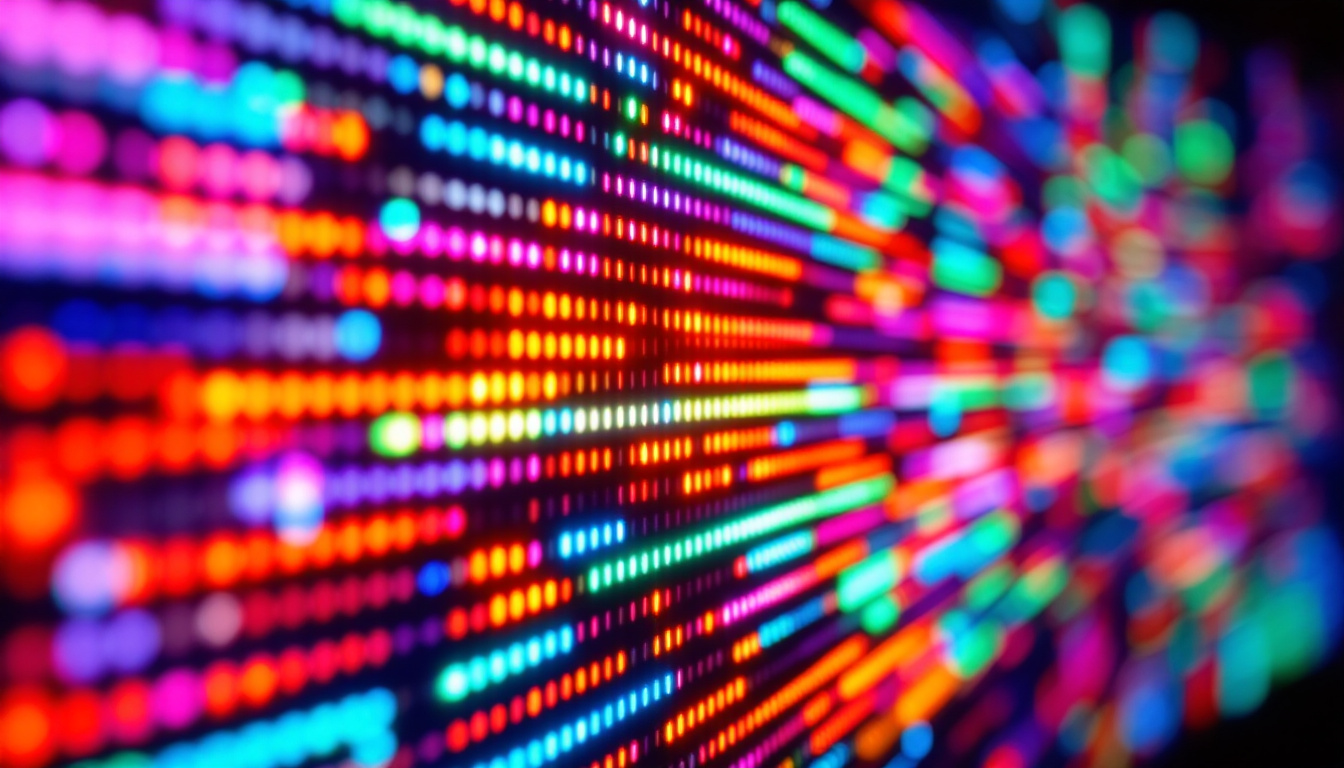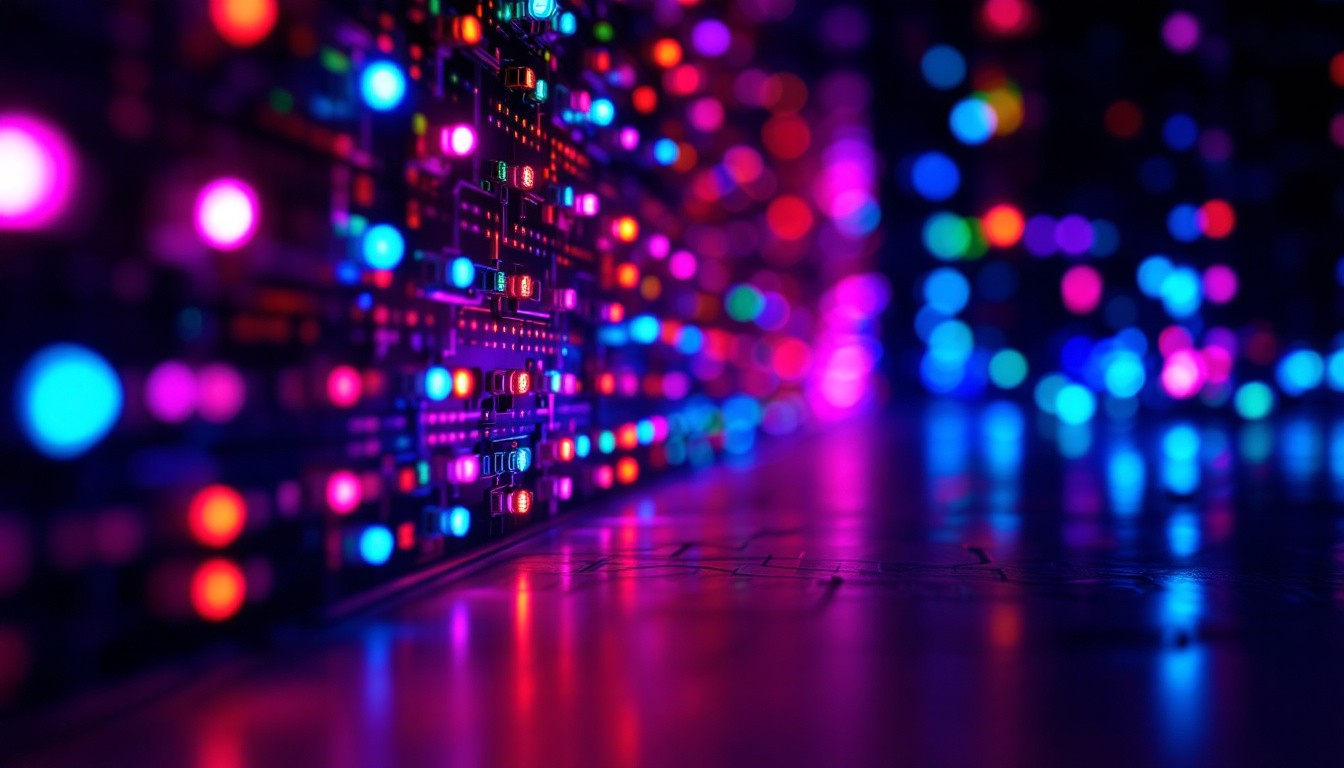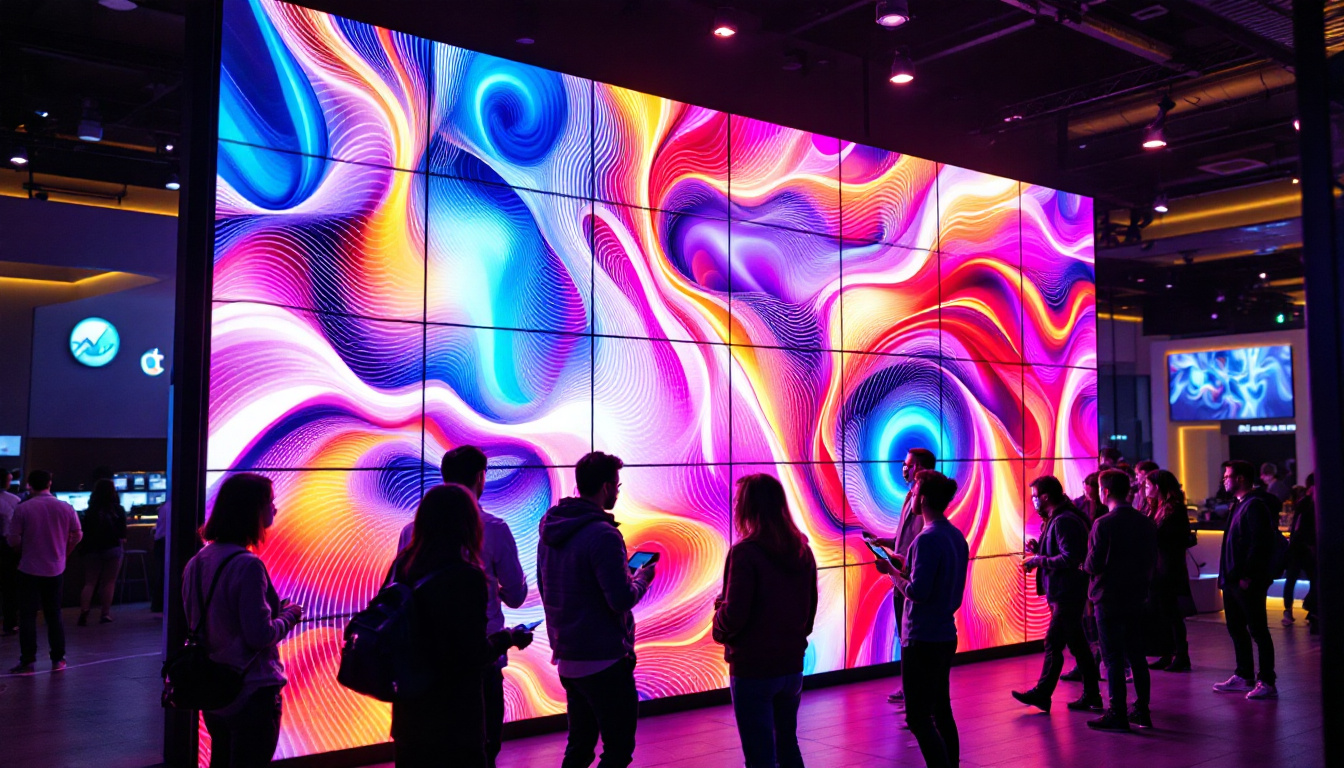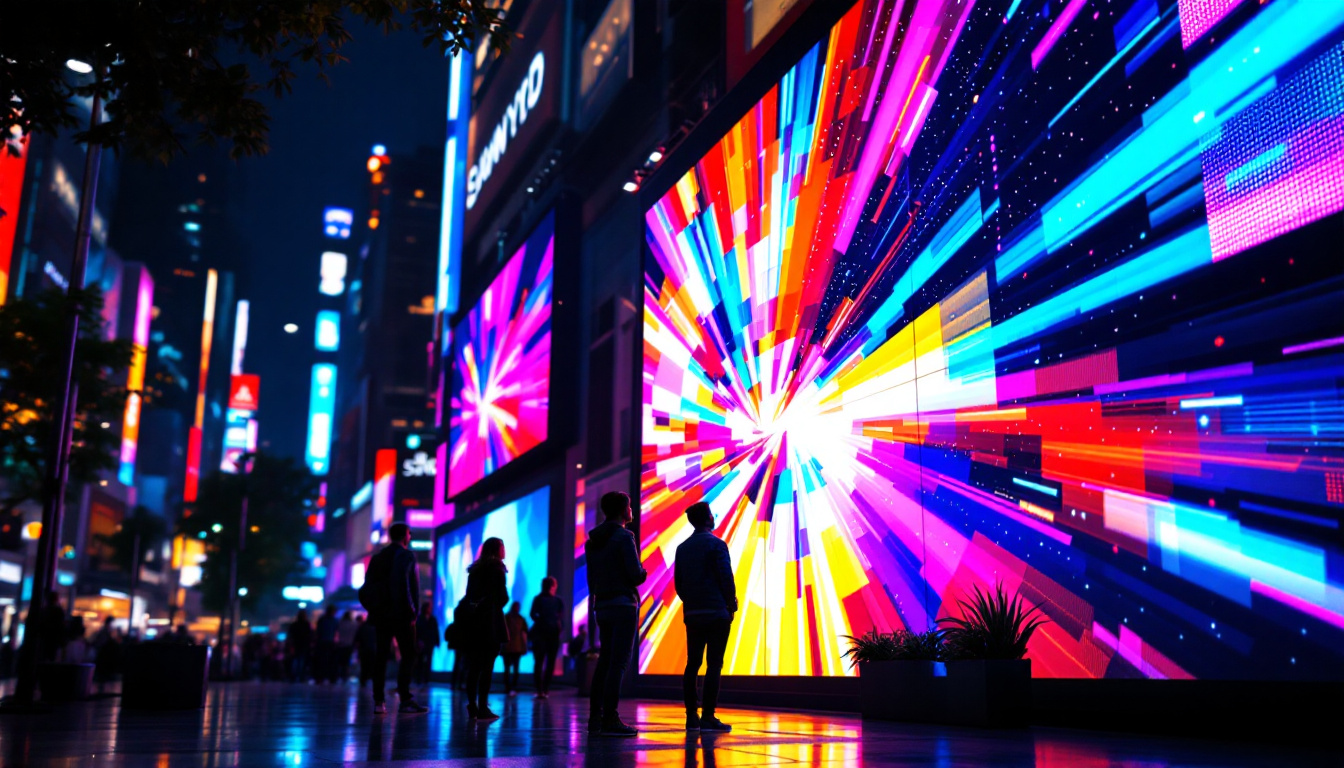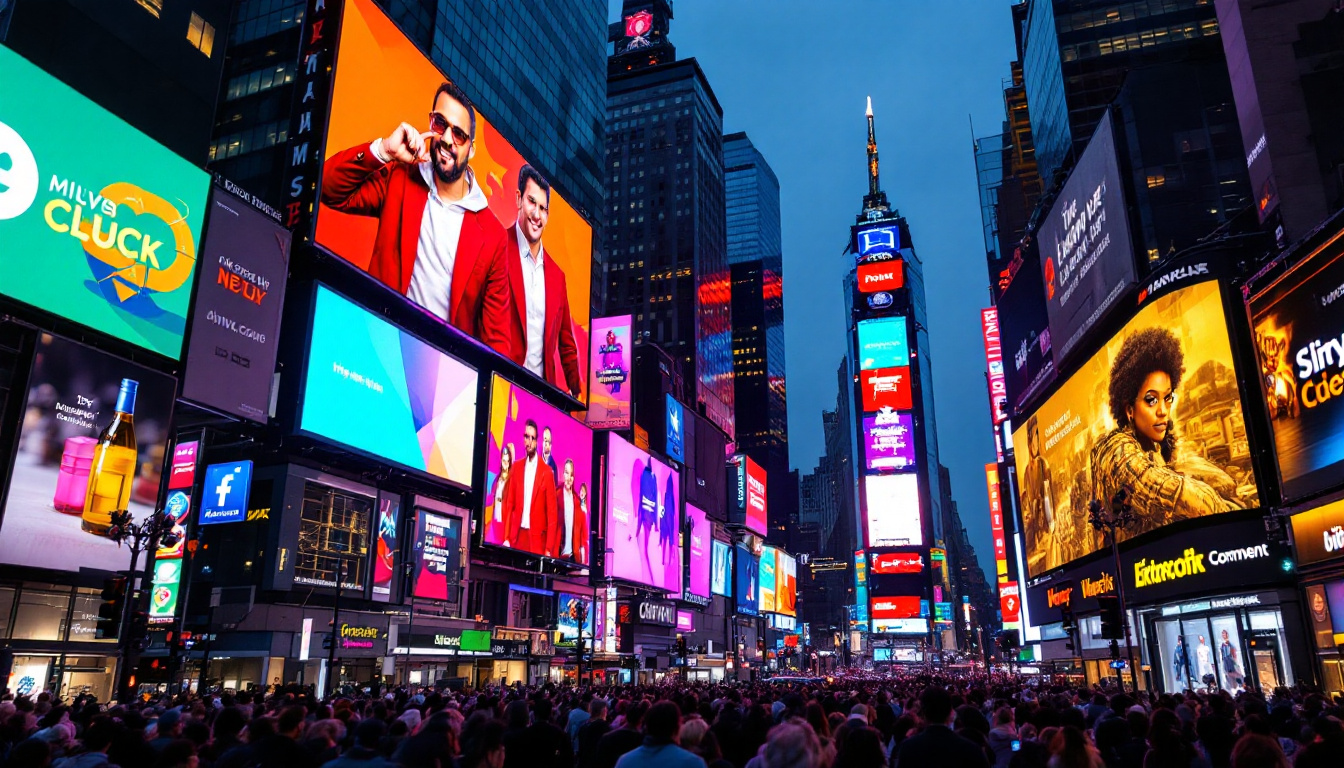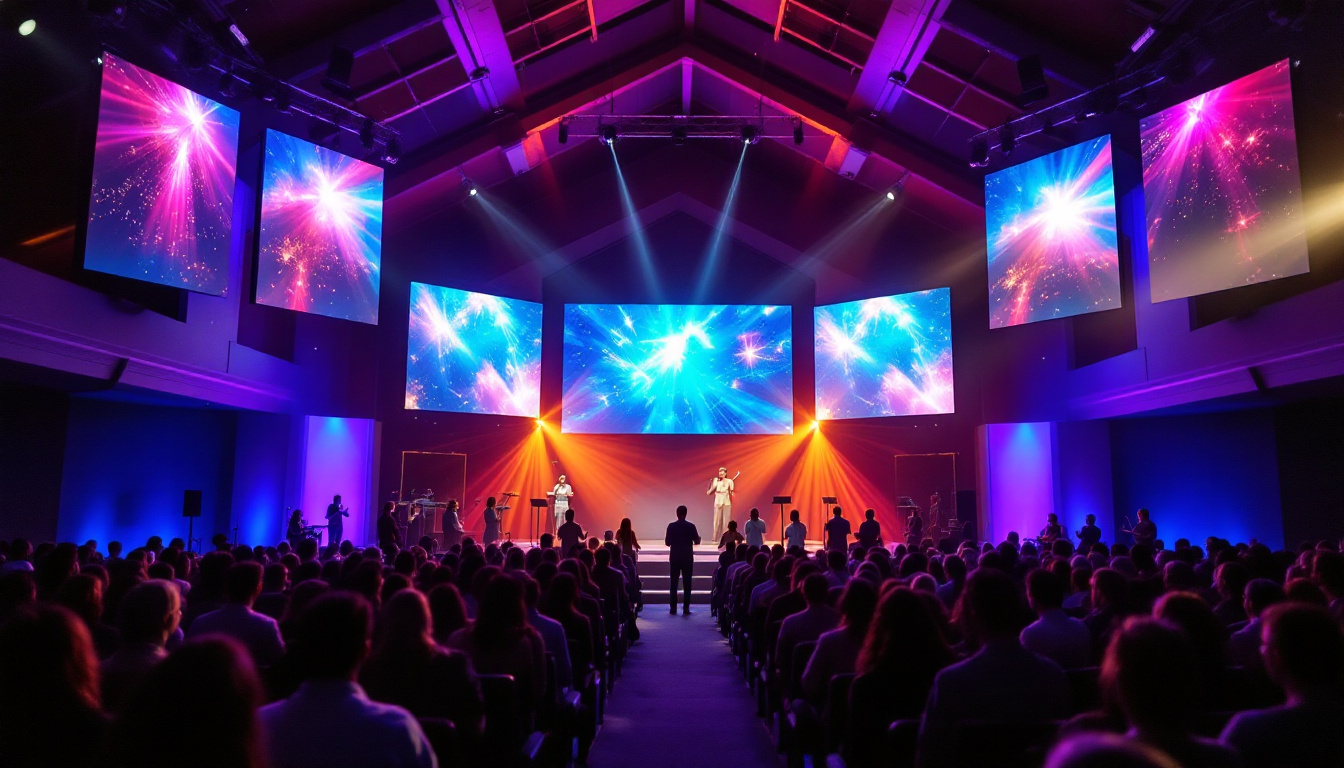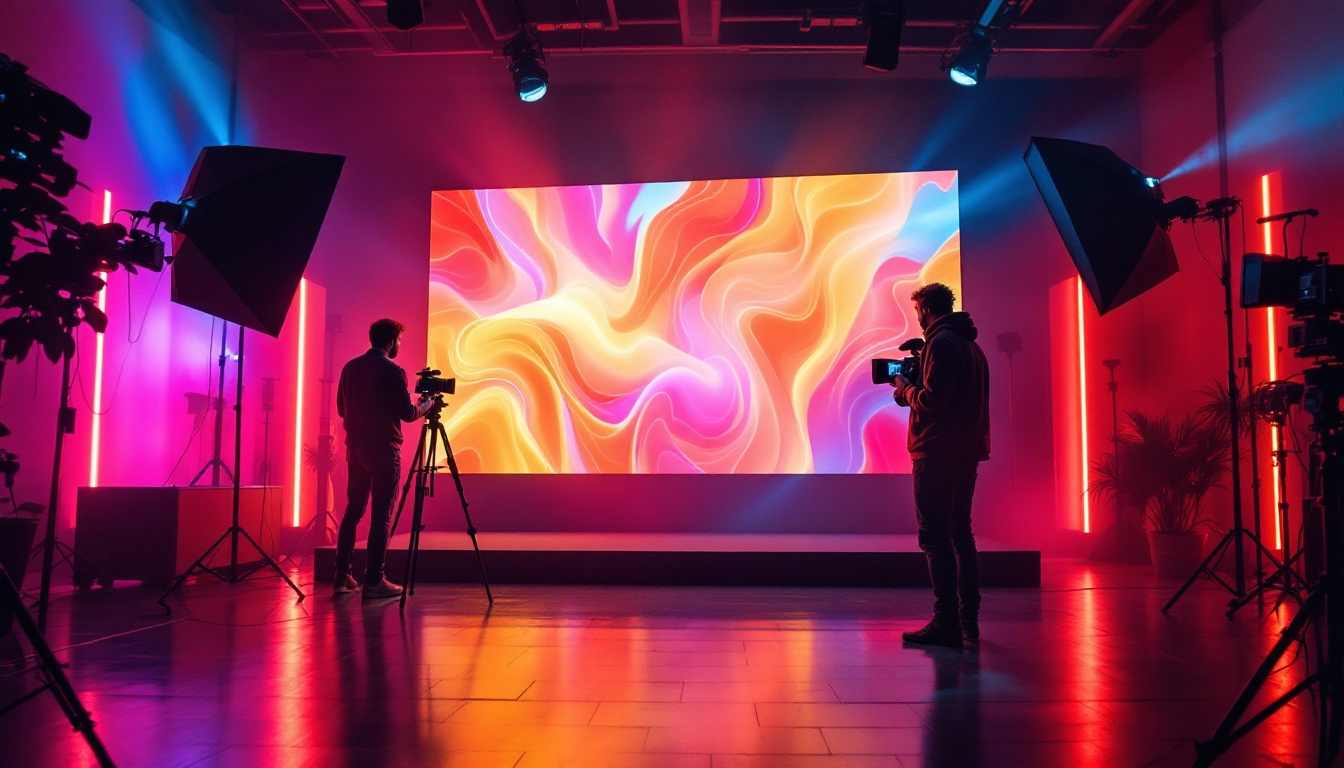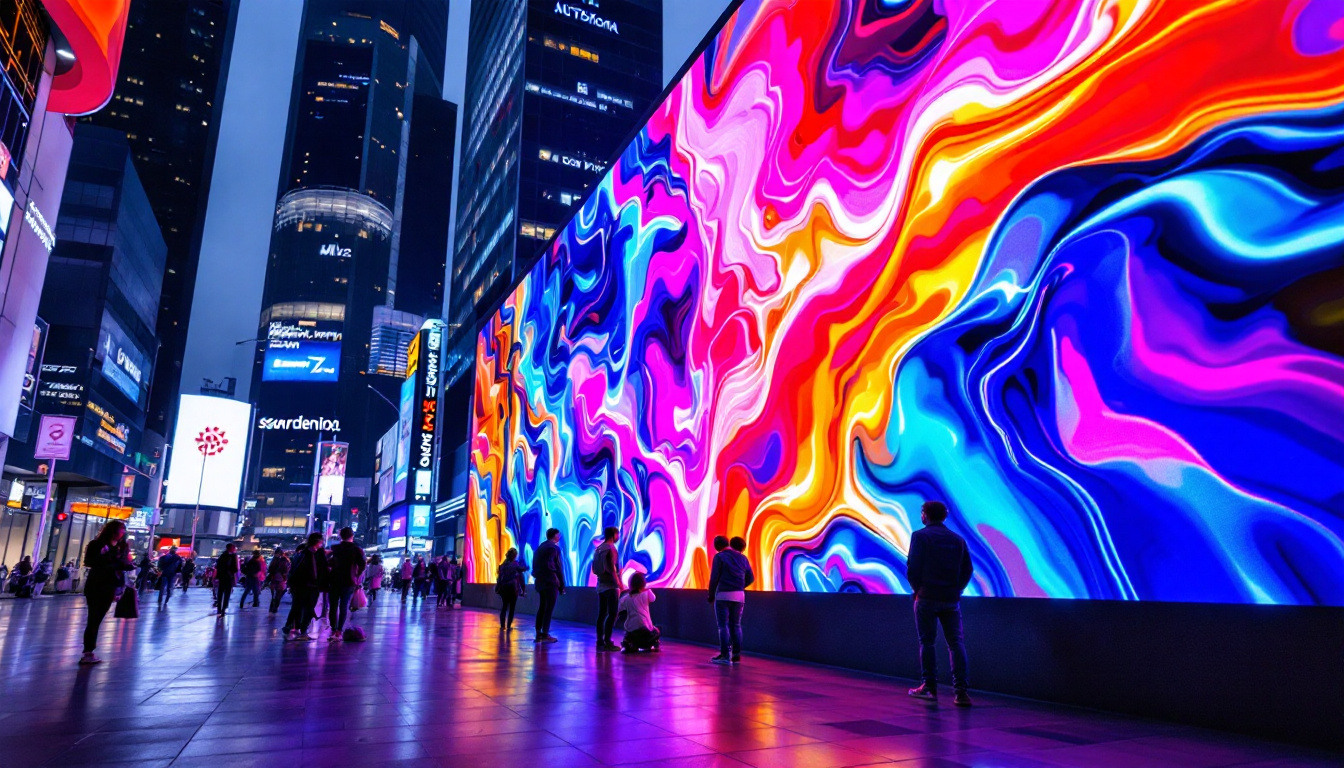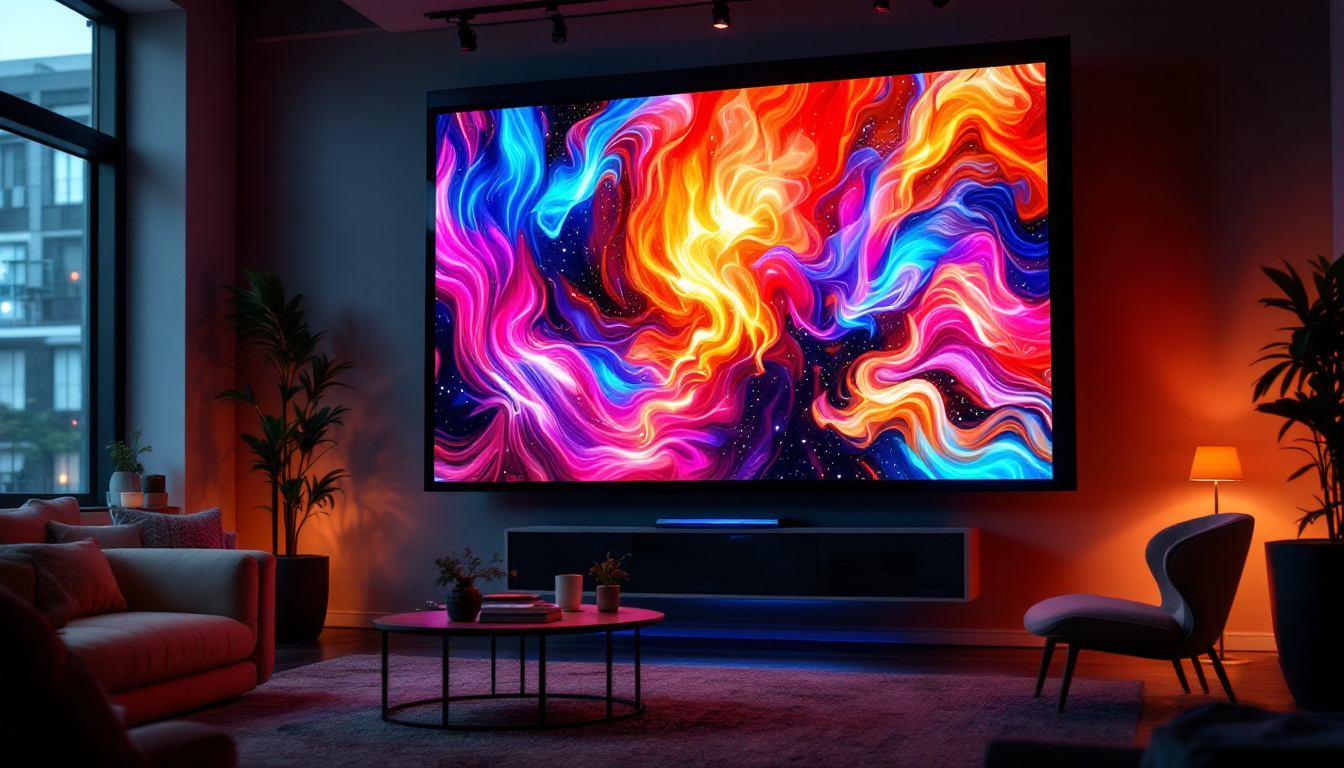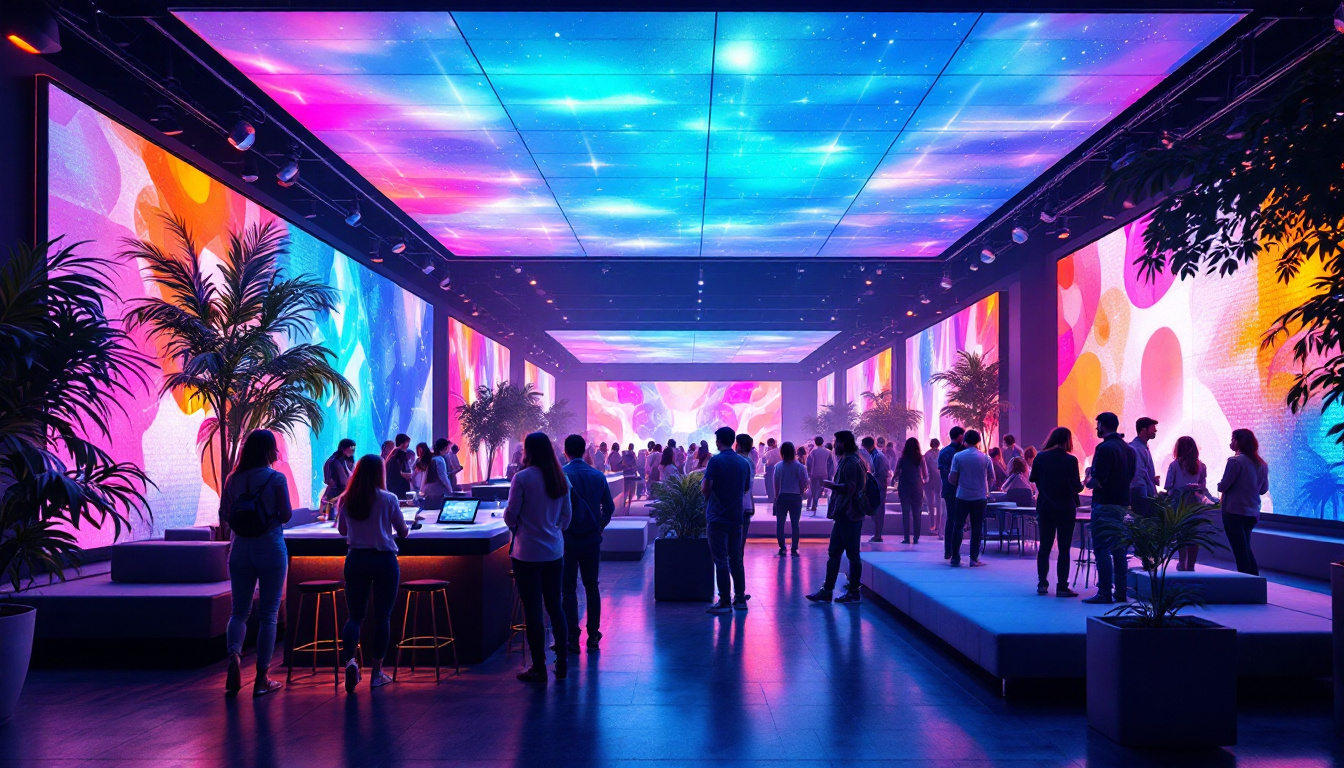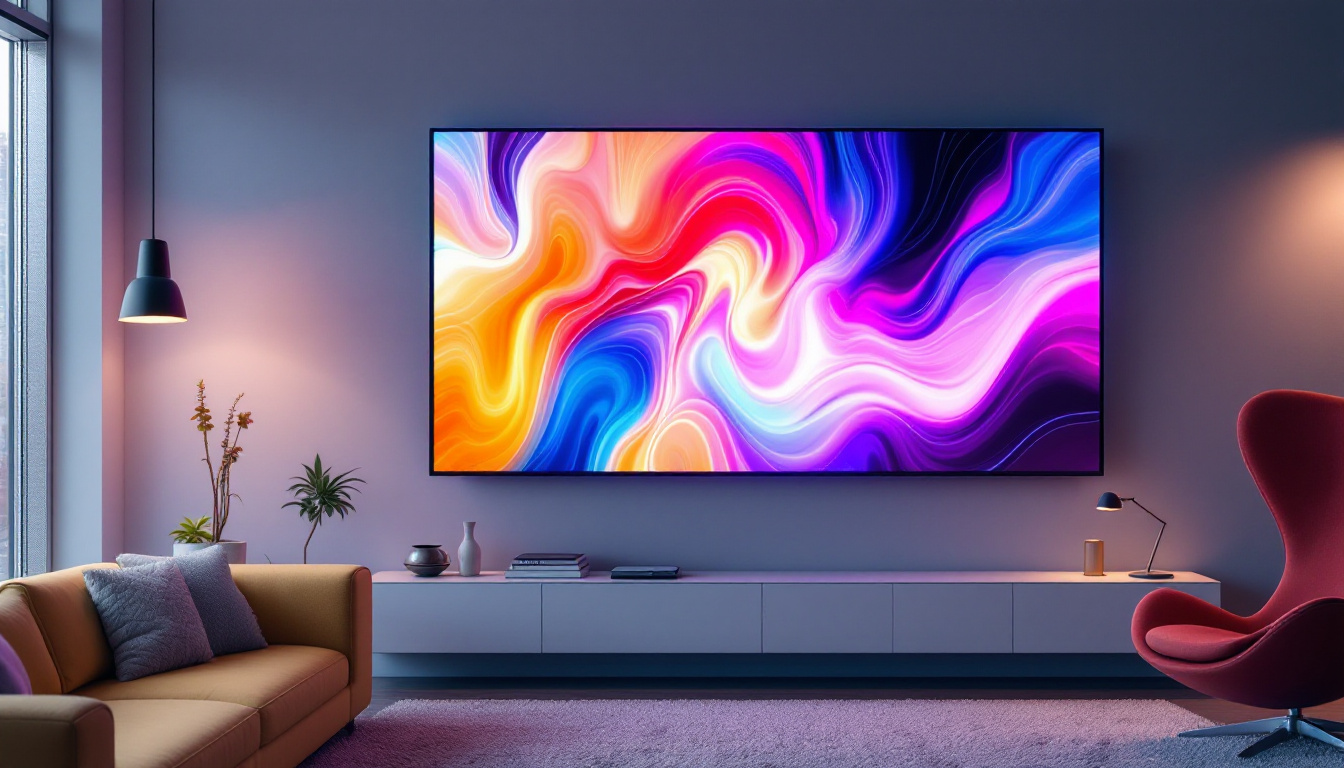LED displays have become an integral part of modern technology, offering vibrant visuals and efficient performance. Among the various sizes available, the 1.2-inch LED display stands out due to its compactness and versatility. This article delves into the specifics of 1.2-inch LED displays, exploring their features, applications, and the technology behind them.
Understanding LED Technology
Light Emitting Diodes (LEDs) are semiconductor devices that emit light when an electric current passes through them. This technology has revolutionized the way displays are designed and utilized across various industries.
The Basics of LED Functionality
At the core of LED technology is the principle of electroluminescence. When electrons recombine with holes within the device, energy is released in the form of photons, producing light. This process is highly efficient, leading to lower energy consumption compared to traditional lighting methods.
LEDs can produce a wide range of colors by adjusting the materials used in their construction. For instance, different semiconductor materials emit different wavelengths of light, allowing for the creation of colorful displays. This versatility makes LEDs suitable for various applications, from simple indicators to complex video screens. Moreover, advancements in technology have led to the development of RGB (Red, Green, Blue) LEDs, which can combine these primary colors to create virtually any color in the spectrum, enhancing the visual experience in everything from home entertainment systems to large-scale advertising billboards.
Advantages of LED Displays
LED displays offer several advantages over traditional display technologies. Their compact size allows for greater design flexibility, making them ideal for small devices. Additionally, they are known for their brightness and clarity, even in well-lit environments.
Another significant benefit is their longevity. LED displays typically have a lifespan of over 50,000 hours, significantly reducing the need for frequent replacements. This durability, combined with low power consumption, makes them an environmentally friendly option. Furthermore, LEDs generate less heat compared to incandescent bulbs, which not only contributes to their efficiency but also reduces the risk of overheating in enclosed spaces. This characteristic is particularly advantageous in applications like automotive lighting and architectural illumination, where heat management is critical for safety and performance.
In addition to these benefits, LED technology has also paved the way for innovative applications in various fields. For example, in the medical industry, LEDs are being used for phototherapy treatments, where specific wavelengths of light can promote healing and reduce inflammation. In agriculture, LED grow lights are revolutionizing indoor farming by providing the precise light spectrum needed for optimal plant growth, thus enhancing food production in urban environments. As research continues to advance, the potential uses for LED technology seem boundless, promising even more exciting developments in the near future.
Exploring the 1.2-Inch LED Display
The 1.2-inch LED display is a compact yet powerful option that finds utility in various applications, particularly where space is limited. Its small size does not compromise its performance, making it a popular choice in many electronic devices.
Specifications and Features
A typical 1.2-inch LED display features a resolution that can vary depending on the manufacturer, but it often provides clear and sharp visuals suitable for text and graphics. The pixel density is crucial in determining the display’s clarity; higher pixel density results in more detailed images. This is particularly important in applications where fine detail is necessary, such as in medical devices that require precise readings or in gaming systems that benefit from vibrant graphics.
In terms of brightness, many 1.2-inch displays can reach levels suitable for outdoor use, ensuring visibility in various lighting conditions. They often come with wide viewing angles, allowing multiple viewers to see the content without distortion. Furthermore, advancements in LED technology have led to improvements in energy efficiency, meaning these displays can operate effectively while consuming less power, making them an eco-friendly choice for manufacturers.
Applications of 1.2-Inch LED Displays
The compact nature of the 1.2-inch LED display makes it ideal for a range of applications. One of the most common uses is in handheld devices, such as smartphones and tablets, where space is at a premium. These displays are also utilized in wearables, including smartwatches and fitness trackers, providing essential information at a glance. The integration of such displays into wearables has revolutionized how users interact with technology, allowing for real-time health monitoring and notifications without the need for larger screens.
Beyond personal devices, 1.2-inch LED displays are frequently found in industrial settings. They are used in control panels, where they can display critical information in real-time, ensuring operators can make informed decisions quickly. Additionally, they are employed in automotive applications, such as dashboard indicators, where clarity and reliability are paramount. In the realm of smart home technology, these displays also play a crucial role in devices like smart thermostats and security systems, providing users with immediate feedback and control over their environments. The versatility of the 1.2-inch LED display continues to expand as technology evolves, paving the way for innovative applications across various industries.
Technical Considerations
When selecting a 1.2-inch LED display, several technical factors should be considered to ensure optimal performance for the intended application. Understanding these specifications can help in making an informed choice.
Resolution and Pixel Density
Resolution refers to the number of pixels that make up the display, typically expressed as width x height (e.g., 128×64). A higher resolution means more pixels are packed into the same physical space, resulting in clearer images and text. Pixel density, measured in pixels per inch (PPI), is also crucial; higher PPI values indicate sharper visuals.
For applications requiring detailed graphics or text, a display with higher resolution and pixel density is essential. Conversely, for simpler applications, a lower resolution may suffice, allowing for cost savings without sacrificing functionality. It is also important to consider the viewing distance; for instance, displays intended for close viewing should prioritize higher pixel density to maintain clarity, while those viewed from a distance can afford to have lower pixel counts.
Brightness and Contrast Ratio
Brightness is measured in nits, with higher values indicating a brighter display. For outdoor applications, a brightness level of at least 500 nits is often recommended to ensure visibility in direct sunlight. The contrast ratio, which compares the brightness of the brightest white to the darkest black, is also important; a higher contrast ratio enhances the clarity and vibrancy of the displayed content.
Choosing a display with appropriate brightness and contrast levels is crucial for ensuring that the content is easily readable under various lighting conditions, enhancing user experience. Additionally, the ambient light conditions in which the display will be used should be taken into account; for instance, environments with fluctuating light levels may benefit from displays that can automatically adjust brightness based on surrounding conditions. This adaptability not only improves visibility but also prolongs the lifespan of the LED display by reducing unnecessary strain on the components.
Integration and Compatibility
Integrating a 1.2-inch LED display into a device involves considering compatibility with existing hardware and software. This includes ensuring that the display interface aligns with the device’s microcontroller or processor.
Interface Options
Common interface options for LED displays include SPI (Serial Peripheral Interface), I2C (Inter-Integrated Circuit), and parallel interfaces. Each has its advantages and is suited for different applications. For instance, SPI is known for its speed, making it ideal for applications requiring rapid data updates, while I2C is often favored for its simplicity and reduced wiring requirements.
Choosing the right interface is critical for seamless communication between the display and the controlling device, impacting overall performance and responsiveness.
Power Requirements
Power consumption is another vital factor to consider. LED displays typically require a specific voltage and current to operate efficiently. Ensuring that the power supply can meet these requirements is essential for reliable performance.
In applications where battery life is a concern, selecting a display with low power consumption can significantly extend the device’s operational time, making it more user-friendly and efficient.
Future Trends in LED Display Technology
The LED display market is continuously evolving, with advancements in technology leading to improved performance and new applications. Several trends are shaping the future of LED displays, particularly in the compact segment like the 1.2-inch displays.
Miniaturization and Flexibility
As technology progresses, the trend towards miniaturization is becoming more pronounced. Manufacturers are developing smaller and more flexible LED displays that can fit into even tighter spaces. This flexibility allows for innovative designs in consumer electronics, wearables, and IoT devices.
Flexible displays can bend and conform to various shapes, opening up new possibilities for product design and functionality. This trend is likely to lead to more creative applications in various industries, from fashion to automotive.
Enhanced Color Accuracy and Brightness
Advancements in LED technology are also leading to improved color accuracy and brightness levels. New materials and manufacturing techniques are being developed to enhance the color gamut and ensure that displays can reproduce colors more faithfully.
Increased brightness levels will further enhance the usability of LED displays in outdoor environments, making them suitable for a wider range of applications. As these technologies mature, users can expect even more vibrant and accurate displays in compact formats.
Conclusion
The 1.2-inch LED display represents a remarkable fusion of compact design and advanced technology. Its applications span across various industries, from consumer electronics to industrial control systems, showcasing its versatility and effectiveness.
As LED technology continues to evolve, the future of 1.2-inch displays looks promising, with advancements in miniaturization, color accuracy, and brightness paving the way for innovative applications. Understanding the technical specifications and integration considerations is essential for leveraging the full potential of these displays in modern devices.
In a world increasingly driven by visual communication, the 1.2-inch LED display stands as a testament to the power of technology in enhancing our daily lives. Its ability to deliver clear, vibrant visuals in a compact form factor ensures its place in the future of display technology.
Discover LumenMatrix’s Advanced LED Display Solutions
Ready to experience the future of visual communication with compact and advanced LED displays? LumenMatrix is at the forefront of LED display technology, offering a wide range of innovative solutions tailored to your needs. From Indoor and Outdoor LED Wall Displays to specialized options like Vehicle, Sports, and Floor LED Displays, our products are designed to captivate and engage your audience. Embrace the power of cutting-edge LED displays and transform your visual messaging with clarity and impact. Check out LumenMatrix LED Display Solutions today and see the difference for yourself.



